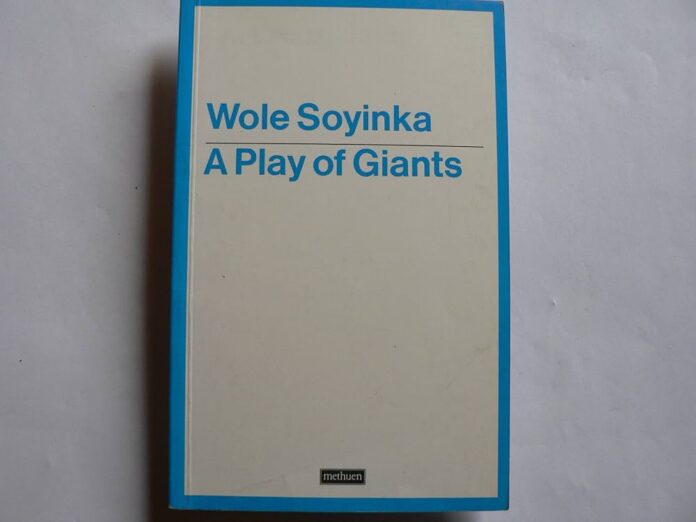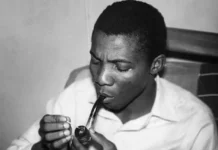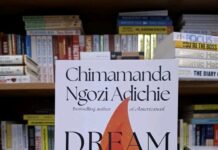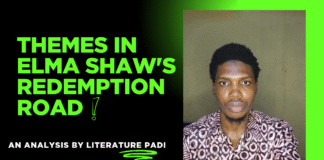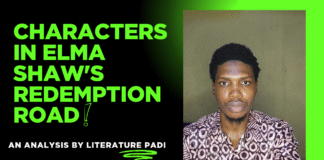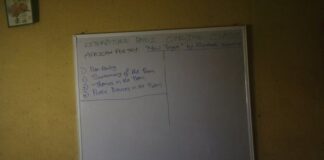🎥 We’re cooking something delicious for you on our YouTube channel. In the coming days, you will learn SSCE literature texts like you're in class 📚✍🏽
Be part of this new journey we are about to embark on.
🔔 Subscribe Now
Wole Soyinka’s A Play of Giants, first performed in 1984, is a biting satirical play that lampoons African dictators through the fictional gathering of four despots at the “Bugaran” embassy in New York. The play draws on real-life figures like Idi Amin and Mobutu Sese Seko to expose the absurdity and brutality of authoritarian rule.
This post provides a detailed plot summary of A Play of Giants by Wole Soyinka, alongside its themes, characters, and cultural context.
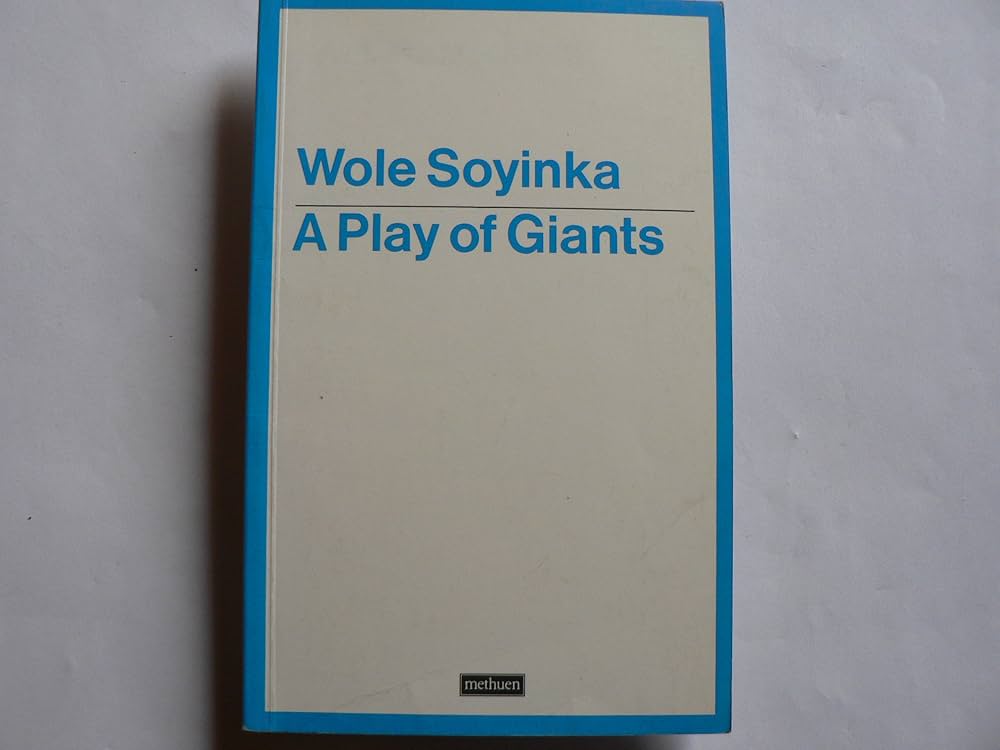
Introduction
A Play of Giants unfolds in a single day at the Bugaran embassy, where four African dictators (Kamini, Benefacio Gunema, Kasco, and Tuboum) meet to discuss power and legacy while facing international scrutiny. Soyinka, Africa’s first Nobel Laureate in Literature (1986), uses biting satire to critique the megalomania and corruption of post-independence African leaders.
My engagement with Soyinka’s works, from Death and the King’s Horseman to this play, reveals his mastery in using theater to confront societal flaws.
Let’s explore the plot, themes, characters, and significance of this provocative work.
Plot Summary of A Play of Giants by Wole Soyinka
A Play of Giants opens in the opulent Bugaran embassy in New York, where Field-Marshal Kamini, a thinly veiled caricature of Idi Amin, hosts three fellow dictators: Benefacio Gunema, Emperor Kasco, and General Barra Tuboum. They’ve gathered to impress Western diplomats and sculptors crafting Kamini’s statue, hoping to cement their global image.
Kamini, the central figure, boasts of his power. The embassy staff, including the sycophantic Chairman and Gudrun, a Scandinavian journalist, cater to the leaders’ egos. Soyinka foreshadows chaos through Kamini’s erratic behavior and the tense interactions among the dictators, who compete for dominance. A Soviet and American diplomat, present to negotiate, highlight the Cold War’s influence on African politics.
As the meeting progresses, the dictators’ insecurities and rivalries surface. Kamini, obsessed with his statue, demands it reflect his “divine” status, while Gunema and Kasco mock each other’s regimes, revealing their corruption. The Sculptor, tasked with creating Kamini’s bust, struggles to satisfy his demands, as Kamini insists, “Make me eternal!”.
Meanwhile, a Bank President and UN delegates question the dictators’ human rights abuses, prompting defensive rants. The Secretary, a junior diplomat, attempts to expose Kamini’s atrocities, but his colleagues silence him, fearing repercussions. Soyinka uses chaotic dialogue and stage directions, like the dictators’ drunken antics, to amplify the play’s satirical tone.
The Secretary, emboldened, publicly accuses Kamini of genocide, triggering a violent reaction. Kamini, enraged, orders his guards to attack, but the chaos spirals as a bomb threat (later revealed as a prank) disrupts the embassy. The dictators’ façade of control crumbles, as Soyinka writes, “The giants fall, and the earth trembles” (Soyinka, 68).
The play ends with Kamini’s statue unveiled, only to be mocked by the Sculptor, who calls it “a monument to vanity.” The dictators scatter, their power exposed as fragile, leaving the embassy in disarray. Soyinka’s absurdist ending underscores the futility of their grandiose ambitions.

Major Themes in A Play of Giants
Satire and Political Critique
Satire is the heart of A Play of Giants, mocking the megalomania of African dictators. Soyinka exaggerates their traits—Kamini’s self-proclaimed divinity, Gunema’s corruption—to expose their absurdity. Critic Biodun Jeyifo calls it a “devastating caricature of power” (Jeyifo, 1985).
Power and Corruption
The theme of power explores how dictators exploit their nations for personal gain. Kamini’s obsession with his statue and the others’ lavish lifestyles, as Soyinka notes, “bleed the land dry” (Soyinka, 30), reflect post-independence corruption.
Neo-Colonialism
Soyinka critiques neo-colonialism through the presence of Soviet and American diplomats, who enable the dictators’ regimes for geopolitical gain. Their complicity, as when the Bank President ignores abuses, highlights external exploitation. Scholar Elleke Boehmer notes Soyinka’s exposure of global power dynamics.
Individual vs. Collective Responsibility
The play examines the tension between individual dissent and collective complicity. The Secretary’s failed rebellion contrasts with the embassy staff’s sycophancy, questioning accountability. Soyinka’s portrayal challenges readers to confront moral inaction. This theme invites analysis of personal ethics in oppressive systems.
Key Characters and Their Roles
Kamini
Field-Marshal Kamini, modeled on Idi Amin, is a larger-than-life dictator whose charisma masks brutality. His obsession with his statue and boasts, “I am the nation!”, reveal his megalomania. Kamini is a satirical archetype of authoritarianism.
Benefacio Gunema, Kasco, and Tuboum
The other dictators—Gunema, Kasco, and Tuboum—mirror Kamini’s flaws, each representing different facets of corruption. Gunema’s greed, Kasco’s paranoia, and Tuboum’s violence amplify the satire. Their rivalry, as Soyinka writes, “a circus of giants”, exposes their fragility.
The Secretary
The Secretary, a junior diplomat, represents individual resistance, risking his life to expose Kamini’s atrocities. His failure, crushed by the system, underscores the cost of dissent, as Soyinka notes, “Truth is a dangerous guest”. His role, as per scholar Abdul JanMohamed, highlights moral courage. He offers a lens into the individual’s role in oppressive regimes.
Gudrun and the Sculptor
Gudrun, the journalist, and the Sculptor, tasked with Kamini’s statue, represent Western complicity and critique. Gudrun’s fascination with Kamini and the Sculptor’s mockery expose external hypocrisy. Their roles critique neo-colonialism.
Symbolism in A Play of Giants
The Statue
Kamini’s statue symbolizes dictatorial vanity and the futile quest for immortality. Its unveiling as a flawed caricature, “a mockery of greatness”, undermines Kamini’s power. It is seen as a critique of authoritarian self-aggrandizement.
The Embassy
The Bugaran embassy symbolizes the façade of dictatorial legitimacy, hiding corruption behind diplomatic grandeur. Its chaos reflects the instability of such regimes. Scholar Elleke Boehmer notes its role as a microcosm of African politics.
The Bomb Threat
The bomb threat, a prank that panics the dictators, symbolizes the fragility of their control. It exposes their paranoia, as Soyinka writes, “Fear is the true ruler” (Soyinka, 65). This symbol offers students a metaphor for analyzing power’s instability.
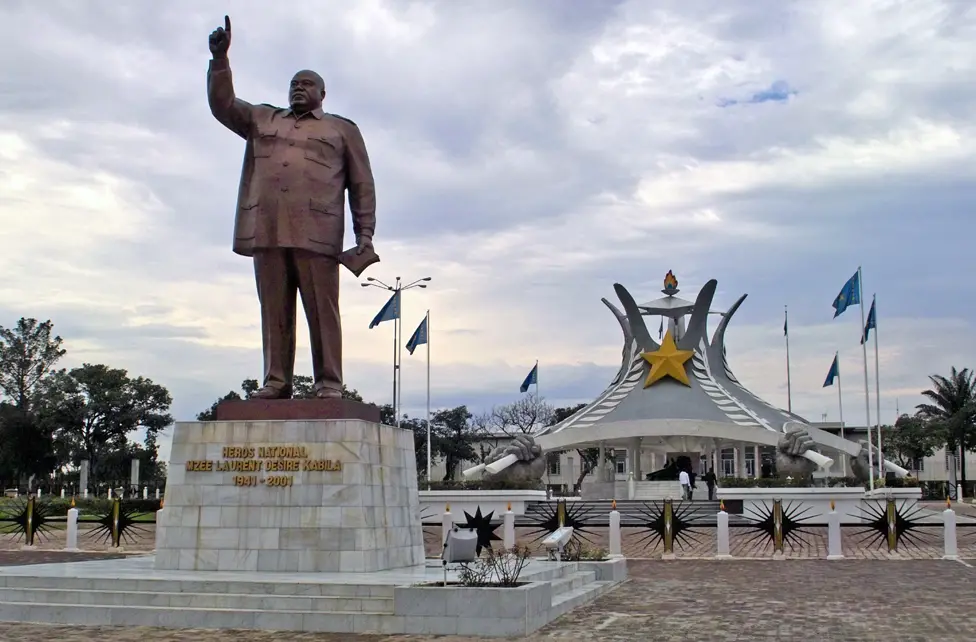
Contextual Analysis
Post-Independence African Context
Set in the 1980s, A Play of Giants reflects the era’s proliferation of African dictatorships, drawing on figures like Idi Amin and Mobutu Sese Seko. Soyinka critiques the betrayal of independence ideals, as corrupt leaders replaced colonial oppressors. This context grounds the play’s satire, comparable to the neocolonial critiques in Ngũgĩ’s Devil on the Cross.
Genre
As a satirical drama, A Play of Giants blends absurdist humor with political critique, using exaggerated characters to expose authoritarian flaws. Soyinka’s theatrical style amplifies its impact. The genre makes complex issues relatable for students, inviting comparisons to global satires like Bertolt Brecht’s The Resistible Rise of Arturo Ui.
Critical Reception
A Play of Giants is lauded for its bold satire and theatrical innovation. Postcolonial scholars view it as a critique of neo-colonial complicity.
Conclusion
Wole Soyinka’s A Play of Giants is a masterful satire that exposes the absurdity and brutality of African dictatorships. Its vivid characters, rich symbolism, and theatrical flair make it a cornerstone of African drama. Its sharp humor and political insight provide a compelling entry into postcolonial themes.
FAQ: Common Questions About A Play of Giants
What is the main theme of A Play of Giants?
The main theme is the satire of authoritarianism, exposing the absurdity and corruption of African dictators through exaggerated characters and events, critiquing post-independence betrayal.
How does Soyinka use satire in the play?
Soyinka employs satire through caricatured dictators, absurd dialogue, and chaotic events like the bomb threat, mocking their megalomania and neo-colonial complicity in a student-friendly way.
What role does Kamini play in the narrative?
Kamini, a caricature of Idi Amin, is the tyrannical protagonist whose vanity and brutality symbolize African dictatorship.
How does the play reflect post-independence Africa?
Set in the 1980s, it critiques the rise of corrupt dictators who betrayed independence ideals, mirroring real figures like Amin and Mobutu in a satirical lens.
Why is A Play of Giants significant in African literature?
Its bold satire and critique of authoritarianism make it a key postcolonial text, especially with its insights into power, corruption, and resistance.
Receive Literary Updates through our Social Media Channels:
- WhatsApp: Literature PADI
- Telegram: Literature PADI
- YouTube: @literaturepadi
- Facebook: Literature PADI

